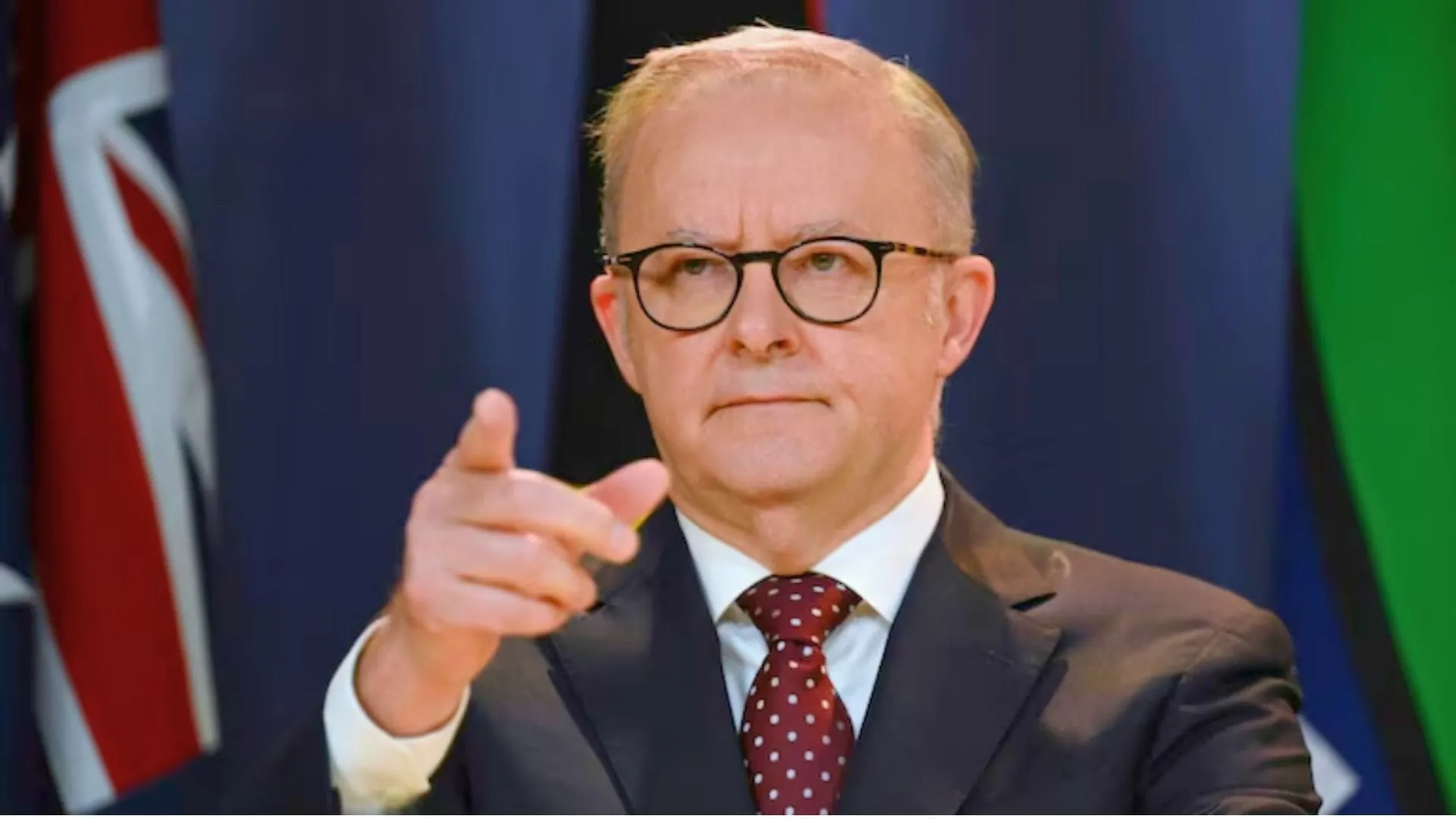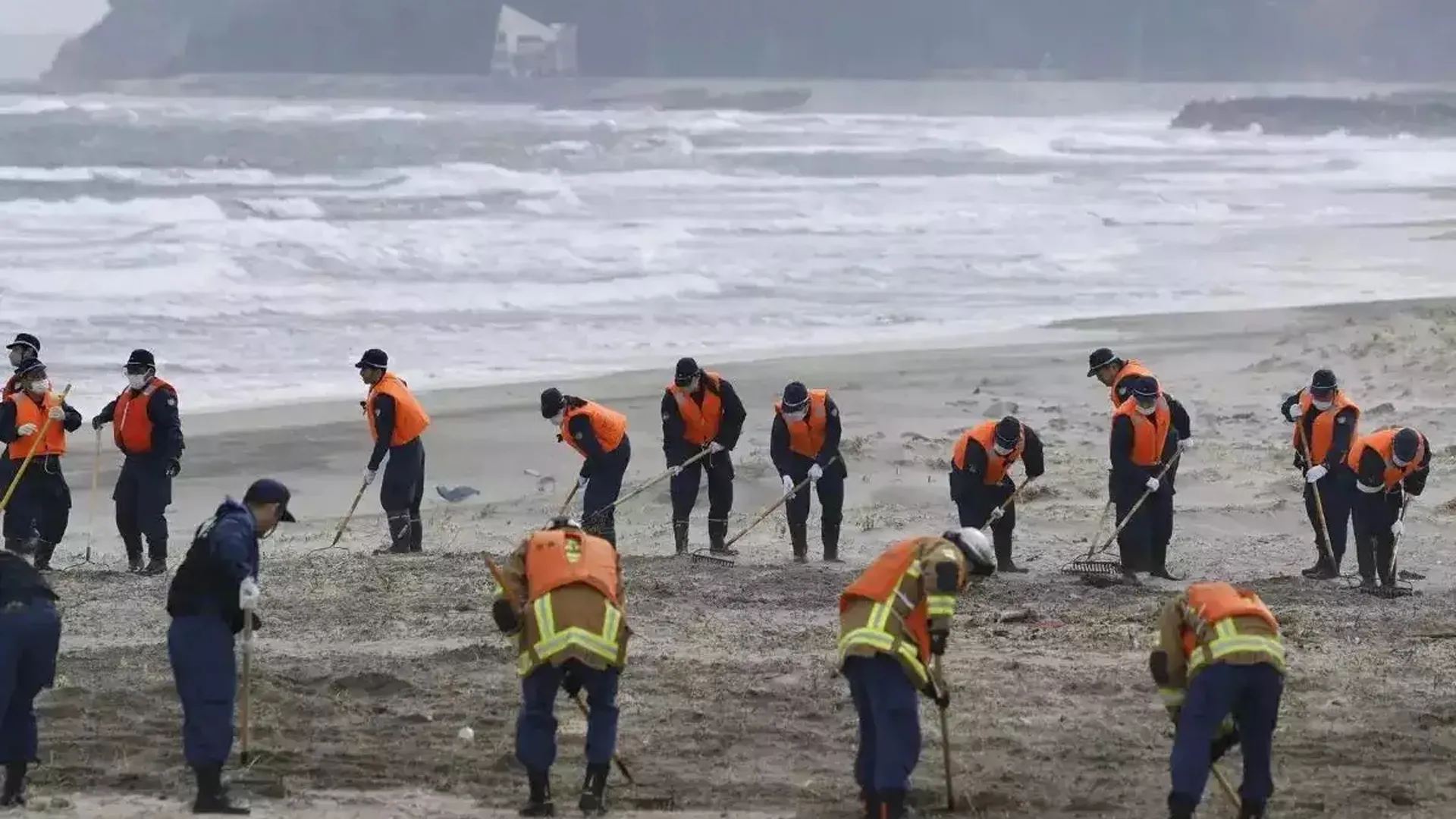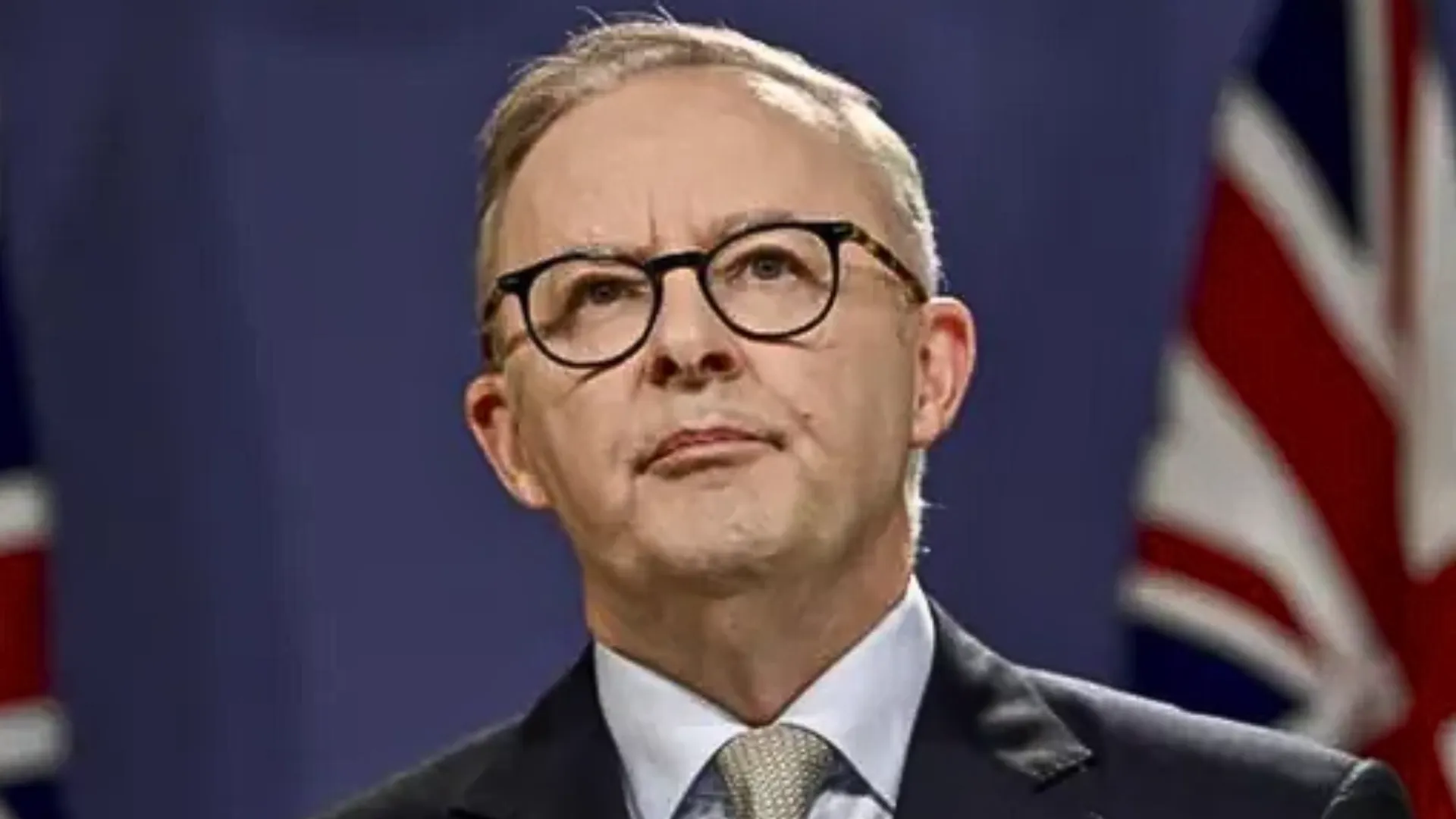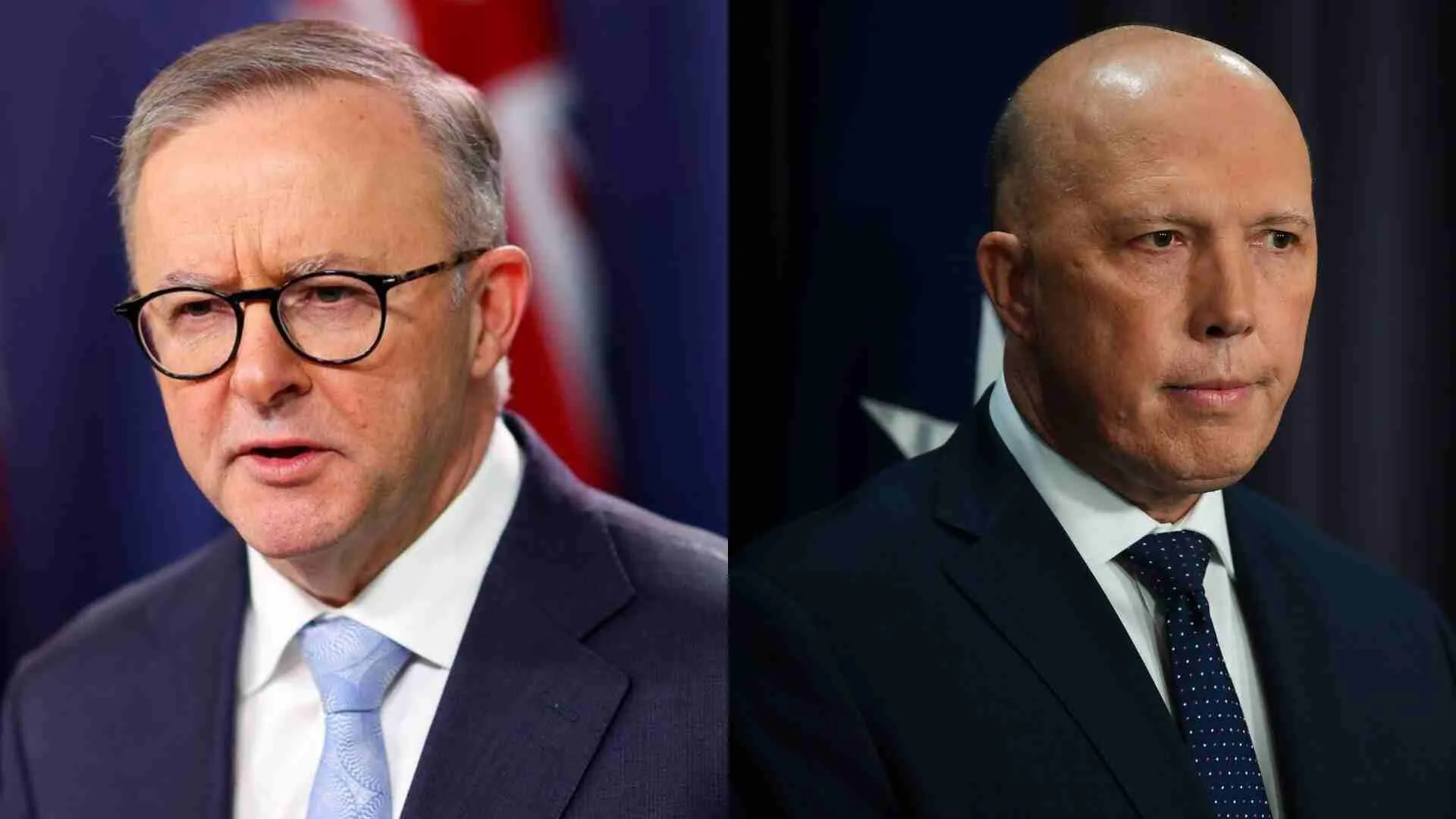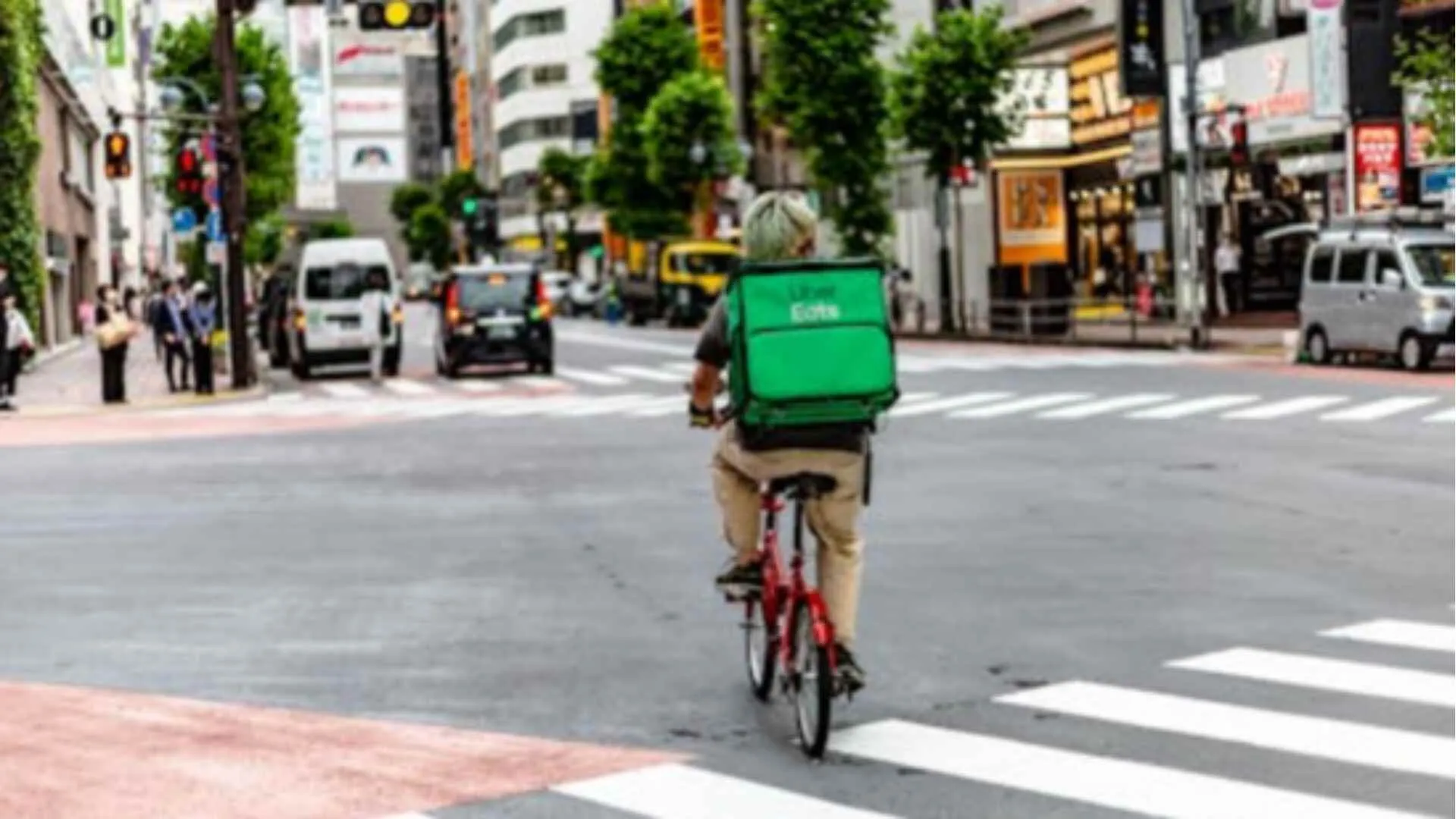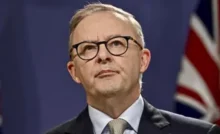Australia will hold its general election on May 3, as announced by Prime Minister Anthony Albanese on Friday (March 28). The contest is expected to be fought between Anthony Albanese’s Labour Party and Peter Dutton’s Liberal-National Coalition. Key election issues include the rising cost of living, energy policies, and relations with the United States. With 76 seats needed to form a government, minor parties and independents could play a crucial role if no party secures a majority. The election also highlights Australia’s high voter turnout due to compulsory voting laws.
A High-Stakes Election
Prime Minister Anthony Albanese confirmed the election date on March 28, officially resigning from public office to initiate the election process. The upcoming vote will determine whether the Labour Party secures a second term or if the opposition regains power. Surveys indicate a tight race between Anthony Albanese and Peter Dutton, with both leaders presenting contrasting policy approaches.
To secure a government, a party must win at least 76 of the 150 seats in the House of Representatives. Currently, the Labour Party holds 78 seats—just two above the majority threshold. Meanwhile, the Liberal-National Coalition lags at 57 seats, making Dutton’s path to victory challenging. If neither party wins a majority, independent candidates could influence the formation of a coalition government.
Key Candidates and Their Backgrounds
The election sees a contest between two leaders with working-class backgrounds.
- Anthony Albanese (Labour Party): Raised in a government-subsidized flat in Sydney, Anthony Albanese spent his teenage years caring for his mother, who suffered from rheumatoid arthritis. His leadership has focused on economic reforms and social welfare policies.
- Peter Dutton (Liberal-National Coalition): The 54-year-old was raised in Brisbane as the son of a bricklayer. A former policeman and small business owner, Peter Dutton served as defense minister and played a key role in the 2021 AUKUS nuclear submarine deal with the U.S. and Britain. His experience in law enforcement shapes his tough stance on crime and security.
Major Election Issues
Several critical issues dominate the election debate:
Cost of Living and Economy:-
With inflation driving up housing costs and interest rates remaining high, voters are seeking economic relief. While the Labour government has introduced tax cuts and subsidies for rent and energy bills, affordability remains a pressing concern.
Energy Policy and Climate Commitments:-
Both parties aim for net-zero emissions by 2050, but their strategies differ significantly. Labour supports renewable energy investments, while the opposition proposes building seven government-funded nuclear power plants. The debate over energy policies is a defining issue in this election.
Nuclear Power: A Divisive Issue
Despite possessing vast uranium reserves, Australia has enforced a near-ban on nuclear energy since 1998.
- Peter Dutton advocates for nuclear energy as a stable, low-emission solution to complement renewable sources.
- Anthony Albanese strongly opposes nuclear power, calling it economically unviable and unnecessary for Australia’s energy transition.
Australia’s Relationship with the United States
The return of Donald Trump’s influence in U.S. politics has led to a shift in tone from Australian officials.
- Anthony Albanese and his administration, once vocal critics of Trump, have moderated their rhetoric.
- Peter Dutton, while largely silent on Trump, maintains close ties with conservative figures such as mining magnate Gina Rinehart, a strong Trump supporter.
Discontent with major parties has fueled support for independent candidates, who are pushing for greater transparency and stronger climate policies. Some polls suggest that 10 or more unaligned crossbenchers could determine the next government, increasing the likelihood of a minority government.
Why Australia Has One of the Highest Voter Turnouts ?
Australia enforces compulsory voting, requiring registered voters to cast ballots or face a fine of AUD 20 (approximately Rs 1,079). Since this law was introduced in 1924, voter turnout has never fallen below 90%. Only 18 other countries in the world implement compulsory voting.
As Australia heads toward a closely contested election, issues like economic stability, energy policies, and international relations will shape voter decisions. With the potential for a minority government, independents and smaller parties could play a decisive role in forming the next administration. The outcome on May 3 will determine the direction of Australia’s domestic and foreign policies for the next three years.


